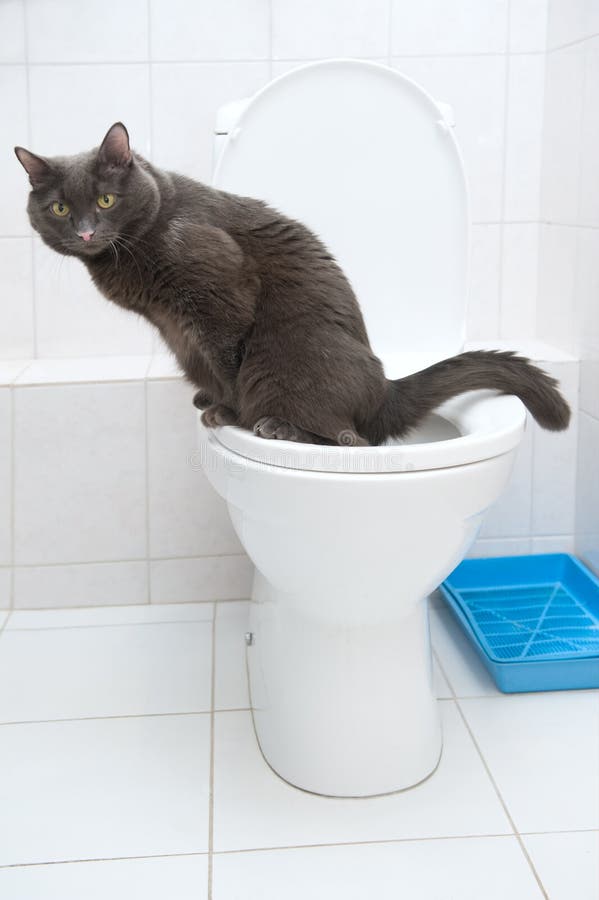Reasons You Should Never Flush Cat Poop Down Your Toilet - Important Facts
Reasons You Should Never Flush Cat Poop Down Your Toilet - Important Facts
Blog Article
Are you currently hunting for insight How to Dispose of Cat Poop and Litter Without Plastic Bags?

Introduction
As feline owners, it's important to be mindful of how we throw away our feline good friends' waste. While it may seem convenient to purge pet cat poop down the bathroom, this practice can have destructive repercussions for both the environment and human wellness.
Alternatives to Flushing
Luckily, there are safer and extra responsible means to get rid of pet cat poop. Think about the adhering to alternatives:
1. Scoop and Dispose in Trash
The most usual method of throwing away pet cat poop is to scoop it into a naturally degradable bag and toss it in the garbage. Make certain to use a devoted trash scoop and throw away the waste without delay.
2. Usage Biodegradable Litter
Opt for biodegradable cat litter made from materials such as corn or wheat. These clutters are eco-friendly and can be securely taken care of in the garbage.
3. Bury in the Yard
If you have a yard, consider hiding feline waste in an assigned location away from veggie yards and water resources. Make sure to dig deep sufficient to prevent contamination of groundwater.
4. Mount a Pet Waste Disposal System
Invest in a pet dog waste disposal system particularly made for pet cat waste. These systems use enzymes to break down the waste, decreasing odor and environmental influence.
Health and wellness Risks
In addition to environmental concerns, purging cat waste can additionally position wellness threats to human beings. Feline feces might contain Toxoplasma gondii, a parasite that can trigger toxoplasmosis-- a potentially serious illness, especially for expecting women and people with damaged immune systems.
Ecological Impact
Purging feline poop presents hazardous pathogens and parasites right into the water supply, posing a substantial threat to water environments. These contaminants can adversely affect marine life and concession water high quality.
Conclusion
Liable family pet ownership prolongs beyond supplying food and shelter-- it additionally includes correct waste monitoring. By refraining from flushing pet cat poop down the toilet and going with alternative disposal approaches, we can minimize our environmental impact and shield human health.
Why Can’t I Flush Cat Poop?
It Spreads a Parasite
Cats are frequently infected with a parasite called toxoplasma gondii. The parasite causes an infection called toxoplasmosis. It is usually harmless to cats. The parasite only uses cat poop as a host for its eggs. Otherwise, the cat’s immune system usually keeps the infection at low enough levels to maintain its own health. But it does not stop the develop of eggs. These eggs are tiny and surprisingly tough. They may survive for a year before they begin to grow. But that’s the problem.
Our wastewater system is not designed to deal with toxoplasmosis eggs. Instead, most eggs will flush from your toilet into sewers and wastewater management plants. After the sewage is treated for many other harmful things in it, it is typically released into local rivers, lakes, or oceans. Here, the toxoplasmosis eggs can find new hosts, including starfish, crabs, otters, and many other wildlife. For many, this is a significant risk to their health. Toxoplasmosis can also end up infecting water sources that are important for agriculture, which means our deer, pigs, and sheep can get infected too.
Is There Risk to Humans?
There can be a risk to human life from flushing cat poop down the toilet. If you do so, the parasites from your cat’s poop can end up in shellfish, game animals, or livestock. If this meat is then served raw or undercooked, the people who eat it can get sick.
In fact, according to the CDC, 40 million people in the United States are infected with toxoplasma gondii. They get it from exposure to infected seafood, or from some kind of cat poop contamination, like drinking from a stream that is contaminated or touching anything that has come into contact with cat poop. That includes just cleaning a cat litter box.
Most people who get infected with these parasites will not develop any symptoms. However, for pregnant women or for those with compromised immune systems, the parasite can cause severe health problems.
How to Handle Cat Poop
The best way to handle cat poop is actually to clean the box more often. The eggs that the parasite sheds will not become active until one to five days after the cat poops. That means that if you clean daily, you’re much less likely to come into direct contact with infectious eggs.
That said, always dispose of cat poop in the garbage and not down the toilet. Wash your hands before and after you clean the litter box, and bring the bag of poop right outside to your garbage bins.
https://trenchlesssolutionsusa.com/why-cant-i-flush-cat-poop/

Hopefully you liked our article on How to Dispose of Cat Poop and Litter Without Plastic Bags. Thanks for finding the time to read through our blog. Enjoyed reading our blog posting? Please share it. Help other people check it out. I praise you for your time. Kindly check our website back soon.
Check It Out Report this page